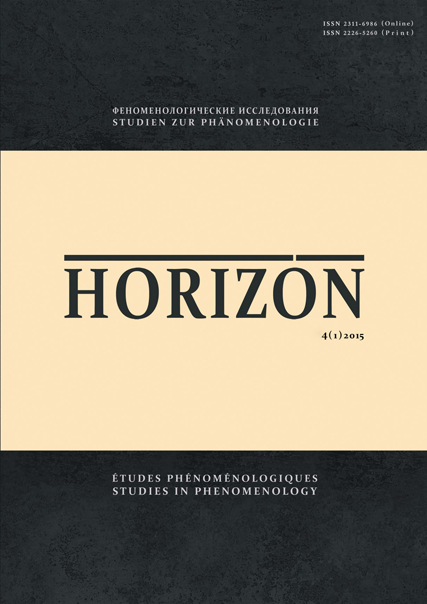ПРЕДИСЛОВИЕ К ПУБЛИКАЦИИ СЕДЬМОГО ОЧЕРКА
«ЖИВОЙ МЕТАФОРЫ» ПОЛЯ РИКЁРА
THE PREFACE TO THE TRANSLATION
P. RICOEUR. THE RULE OF METAPHOR. STUDY 7. METAPHOR AND REFERENCE
Author(s): FEDOR STANZHEVSKIYSubject(s): Phenomenology, Hermeneutics
Published by: Издательство Санкт-Петербургского государственного университета
Keywords: reference; denotation; semantics; hermeneutics; poetic function; reality; metaphor; emotive function
Summary/Abstract: The seventh study of the «Rule of Metaphor» deals with the problem of the reference of metaphoric statement. Poetic statements do not just constitute accentuating the message for its own sake. Far from being restricted to the emotive function, poetry also has a heuristic function which takes away the strong opposition between the internal and external, the subjective and objective. Metaphor re-describes reality and makes it possible to see it in a different way, «to see as…» Metaphor is based on the tension between two poles: «is» and «is not». Ricoeur considers the nature of our phenomenological experiencing of the world in the language. He shows how the meaning emerges directly from our existence. The relationship between meaning, language and reality is the field of work of metaphor, in which we originally find ourselves. In this study Ricoeur takes up the question of reference on two different levels: semantic and hermeneutical ones. While the first presupposes the difference of semantics and semiology, the nature of predication, the second lets us shift from language to ontology and regard the problem as an ontological one. Here Ricoeur addresses Frege’s and Benveniste’s theories of references, pointing the ideas they have in common. Approaching the hermeneutical research of reference, we face the necessity of postulating a special discursive entity, that is, the text. Concerning the discursive production Ricoeur analyzes such categories as production and labor, disposition and codification, style and individuality, singularity. By considering the structure of the piece of work as its meaning and the world of the work as its denotation, hermeneutics regulates the transition from the structure to the world. Interpretation means revealing world, which the given work addresses, based on its composition, style and genre.
Journal: Horizon. Феноменологические исследования
- Issue Year: 4/2015
- Issue No: 1
- Page Range: 171-174
- Page Count: 4
- Language: Russian

